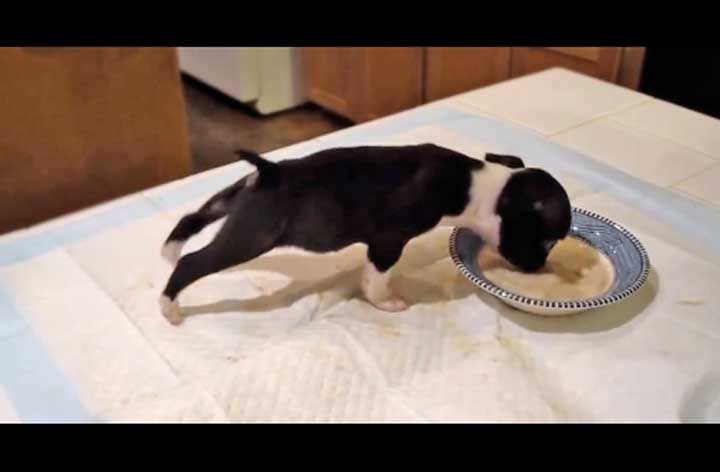Health
How A Change In Diet Can Help When Your Puppy’s Teething
After weaning, the most trying stage of a puppy’s development is teething. While they grow their 28 teeth, puppies are in an enormous amount of pain and will try chewing on anything in sight to alleviate it.

Pet owners, therefore, may be dismayed to come home to find their favourite shoes, pillows reduced to shreds; even their phones and remotes will have teeth marks. So, what’s an owner to do? A range of things. First off, educate yourself a little bit about the process of –
Teething
A puppy grows his first set of baby teeth when he is about two weeks old, about the same time as he starts nursing. At five to six weeks, a puppy should be able to eat moist puppy food.

After he’s 12-16 weeks old, your puppy will start losing his baby teeth and growing adult teeth – the second, painful teething process. After growing all his adult teeth, your dog will be able to eat fully solid fare like kibble, store bought biscuits and even bones. Until then, however, its important to fashion a proper diet, especially while he’s teething, both to alleviate pain and to help his teeth grow strong.
Edible Toys To Help With Teething
Instead of having him chew up your prized possessions, give your puppy toys specially for him to chew on. While pet stores sell teething toys, it’s just as easy and cheaper to make your own at home. Simply damped a washcloth with chicken stock or meat broth and freeze it. Once completely frozen, give it to your puppy; make sure you take it away once it defrosts.
If you’d rather give your puppy completely edible chew toys – that way you don’t have to worry about him swallowing anything dangerous – freeze some broth or fruits like strawberries and apples to give him to suck and chew on. A frozen carrot will also work. Frozen foods will also help numb the pain in your puppy’s gums for a while.
Loss of Appetite
Considering the amount of pain he’s in, it’s natural that your puppy may lose a little interest in eating. The pain in his gums will make it increasingly difficult to chew solid foods. Therefore, dilute the puppy food in a little water and mash it to make it softer. If he eats a store bought diet, mash up and mix dry food with canned wet food to create a mushy consistency. If he has a homemade diet, simply boil vegetables and proteins for longer until they are baby-food level soft.
Make sure your puppy is drinking lots of liquids like broth, water and milk to make up for nutrients lost when he’s eating less solid food.
A Calcium Rick Diet
Since teeth require calcium to grow, it makes sense to ensure your puppy is getting an adequate amount of calcium. For a store bought diet, ensure that the food has a good ratio of calcium as well as proteins, vitamins and minerals.
For a homemade diet, try incorporating calcium rich foods such as cheese, milk, yogurt and salmon, tune, sardines and trout. Calcium rich vegetables include spinach, beans, sweet potatoes and broccoli.
Despite your best efforts, there may still be a few disasters that involve chewed up possessions. To minimise the risk of that, ‘puppy proof’ your home by putting all destructibles well out of your puppy’s reach. Pair that with firm discipline and an appropriate diet and your puppy’s teething period should go as smoothly as possible.























